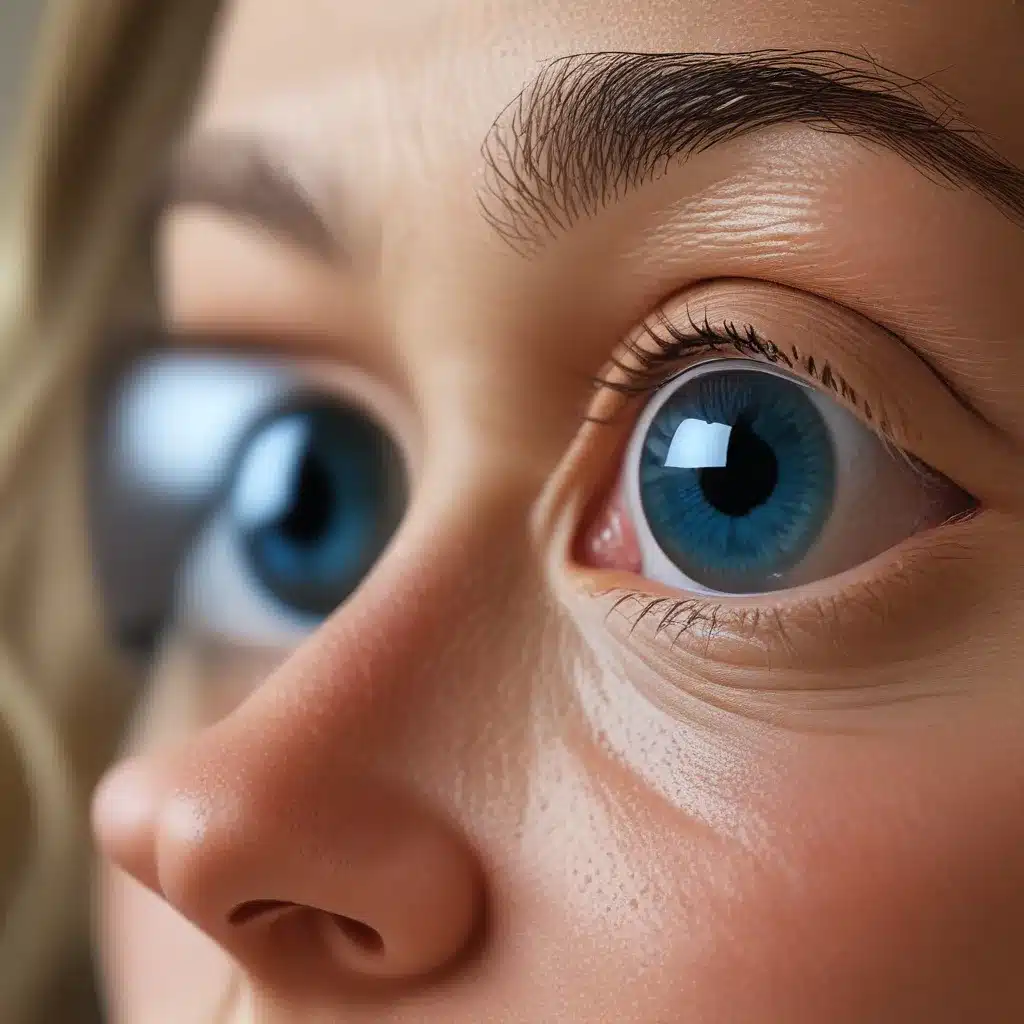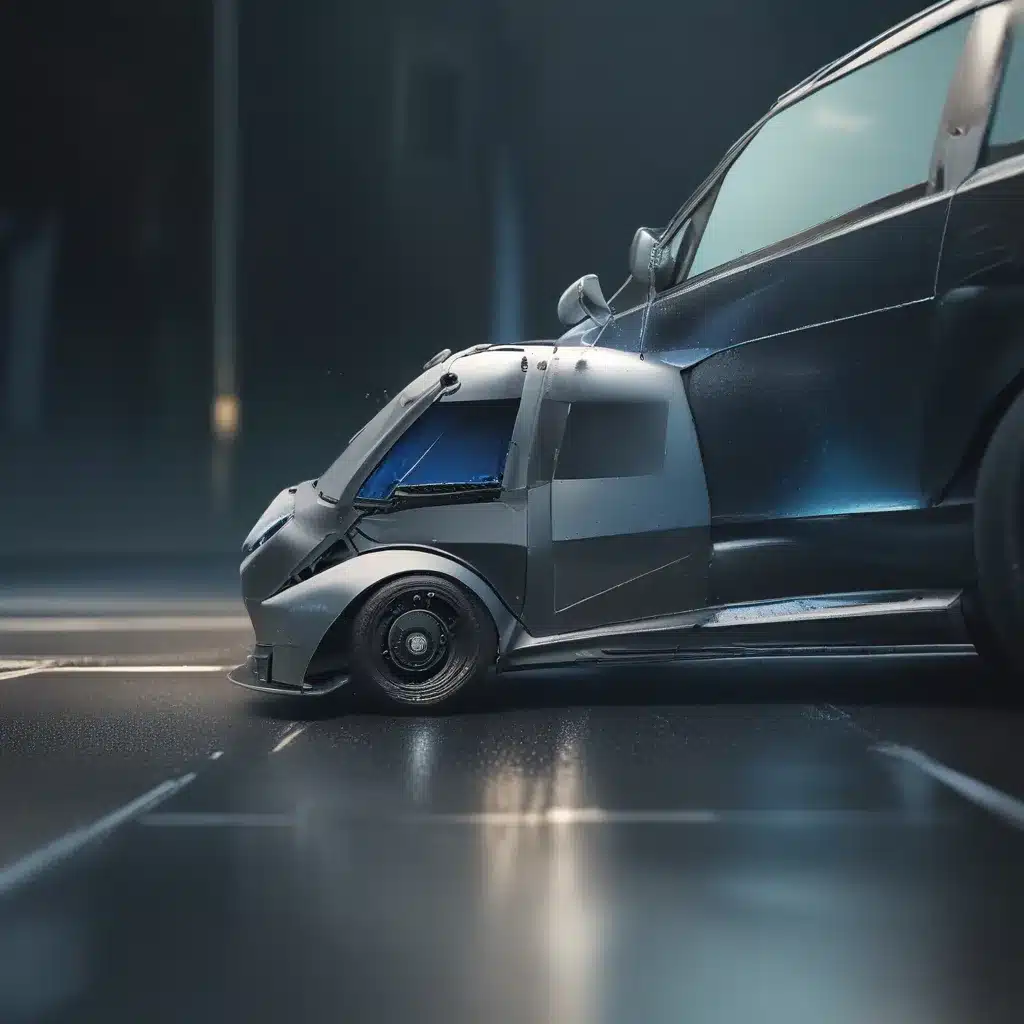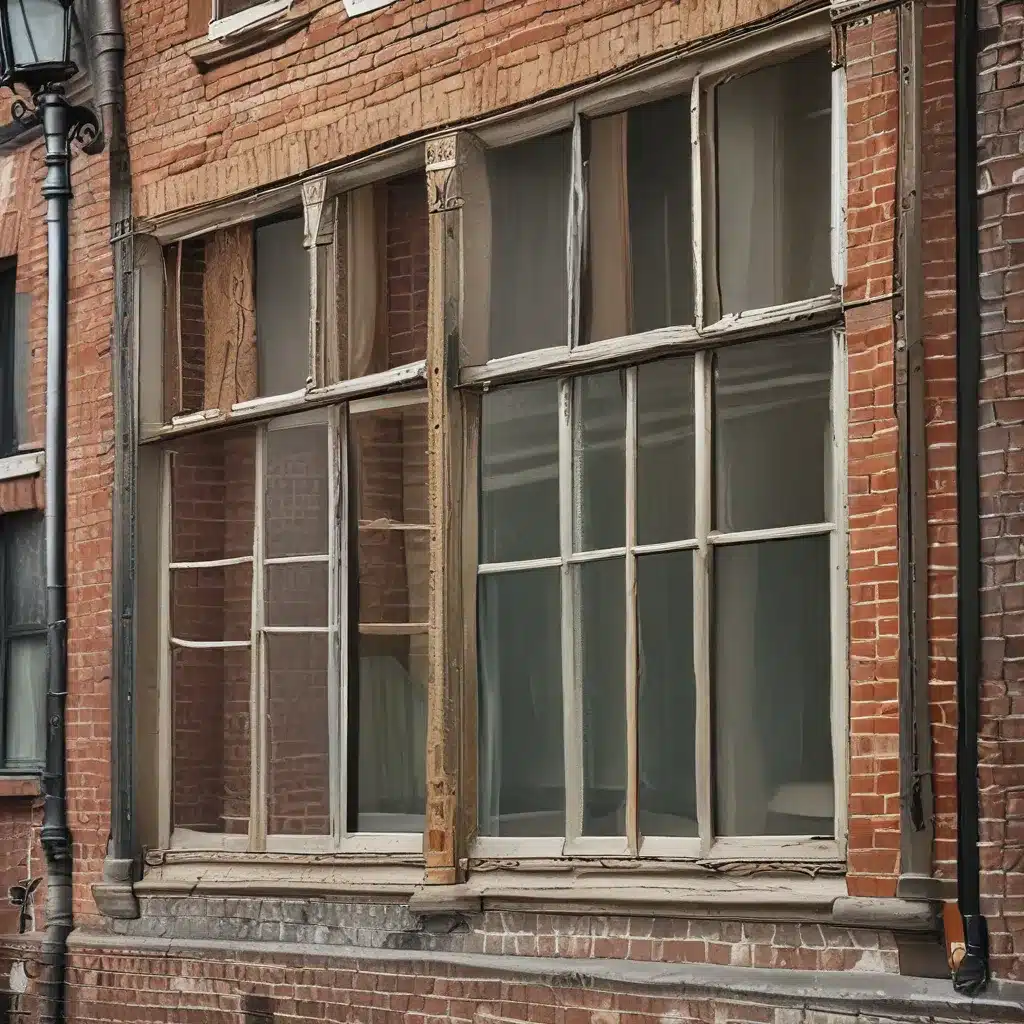As someone who’s always been fascinated by the incredible complexity and resilience of the human body, I’ve been closely following the latest developments in the field of sensory restoration. And let me tell you, the advancements happening in this area are nothing short of mind-blowing.
The Quest to Reverse Blindness
For years, the idea of restoring sight to the blind seemed like the stuff of science fiction. But thanks to the tireless efforts of researchers and medical innovators, that dream is now becoming a reality. Take, for example, the work being done at the ITFix research lab.
Their team has been exploring the use of cutting-edge gene therapy techniques to tackle the root causes of various forms of blindness. By targeting the specific genetic mutations that lead to vision loss, they’re able to develop personalized treatments that can actually reverse the damage and restore functional vision.
One of their most promising breakthroughs involves the use of optogenetics – a technique that involves genetically modifying light-sensitive proteins in the retina to make them more responsive to light stimuli. The results have been nothing short of remarkable, with some patients reporting the ability to read, navigate their environments, and even recognize faces after undergoing this innovative procedure.
The Retinal Implant Revolution
But gene therapy isn’t the only game-changer in the world of sight restoration. Another exciting development has been the advent of retinal implants – tiny electronic devices that can be surgically implanted into the eye to bypass damaged photoreceptors and directly stimulate the optic nerve.
These implants, which are often referred to as “bionic eyes,” are being refined and improved with each passing year. The latest models are smaller, more precise, and more sensitive than ever before, allowing patients to perceive shapes, movement, and even basic visual information with remarkable clarity.
According to a study published in the journal Nature Medicine, the newest generation of retinal implants can restore visual acuity to the point where patients are able to read large-print text and even recognize faces. And with ongoing advancements in the field, it’s only a matter of time before these devices become even more sophisticated and accessible.
Restoring the Sense of Sight
Of course, the journey towards restoring sight to the blind is not without its challenges. Developing these cutting-edge therapies requires a deep understanding of the complex neural pathways and physiological processes involved in human vision. And then there’s the challenge of ensuring that these treatments are safe, effective, and accessible to those who need them most.
But the researchers and clinicians working in this field are undaunted. They’re driven by a deep passion to change lives and a relentless pursuit of scientific knowledge. And as they continue to push the boundaries of what’s possible, I can’t help but feel a sense of awe and excitement at the prospect of a future where blindness is no longer a life sentence.
The Quest to Reverse Deafness
While the progress being made in sight restoration is truly remarkable, it’s not the only area of sensory restoration that’s capturing the attention of the scientific community. The quest to reverse deafness is also yielding some truly groundbreaking advancements.
Regenerating Hair Cells
One of the most promising developments in this field is the work being done on hair cell regeneration. Hair cells, which are responsible for converting sound vibrations into electrical signals that the brain can interpret, are a critical component of the inner ear. But as we age, or as a result of exposure to loud noises or certain ototoxic drugs, these hair cells can become damaged or destroyed, leading to hearing loss.
According to researchers at MIT, they’ve developed a groundbreaking approach that involves using small molecules to stimulate the growth and development of new hair cells, effectively reversing the damage and restoring hearing function.
The implications of this discovery are truly staggering. Imagine a world where hearing loss is no longer an irreversible condition, where people who have struggled with deafness their entire lives can suddenly be given a new lease on life. It’s a future that’s no longer just a pipe dream, but a very real possibility.
Cochlear Implants and Beyond
Of course, hair cell regeneration isn’t the only game-changer in the world of hearing restoration. Cochlear implants, which have been around for decades, have also undergone some remarkable advancements in recent years.
These electronic devices, which are surgically implanted into the inner ear, bypass the damaged or missing hair cells and directly stimulate the auditory nerve, allowing users to perceive sound. And with each new generation of cochlear implants, the technology has become more sophisticated, more precise, and more effective.
According to the National Institutes of Health, the latest cochlear implants are capable of restoring near-normal hearing in many patients, allowing them to understand speech, enjoy music, and engage in everyday conversations with ease.
But the potential of sensory restoration goes even further. Researchers are also exploring the use of stem cell therapies, gene editing techniques, and other cutting-edge approaches to address the underlying causes of hearing loss and potentially offer a permanent solution to this debilitating condition.
Breaking Down Barriers
Of course, the path towards reversing blindness and deafness is not without its challenges. There are significant hurdles to overcome, from regulatory approval and insurance coverage to the high costs associated with these advanced treatments.
But the researchers and clinicians working in this field are undaunted. They’re driven by a deep commitment to improving the lives of those affected by sensory impairments, and they’re working tirelessly to break down the barriers that stand in their way.
And as they continue to push the boundaries of what’s possible, I can’t help but feel a sense of awe and excitement at the prospect of a future where blindness and deafness are no longer the life sentences they once were. It’s a future where everyone, regardless of their sensory abilities, can truly thrive and live life to the fullest.
So, if you ask me, the future of sensory restoration is nothing short of breathtaking. With each new breakthrough, we’re inching closer and closer to a world where the impossible becomes reality – a world where the blind can see, the deaf can hear, and the limits of human potential are endless. And I, for one, can’t wait to see what the future has in store.













